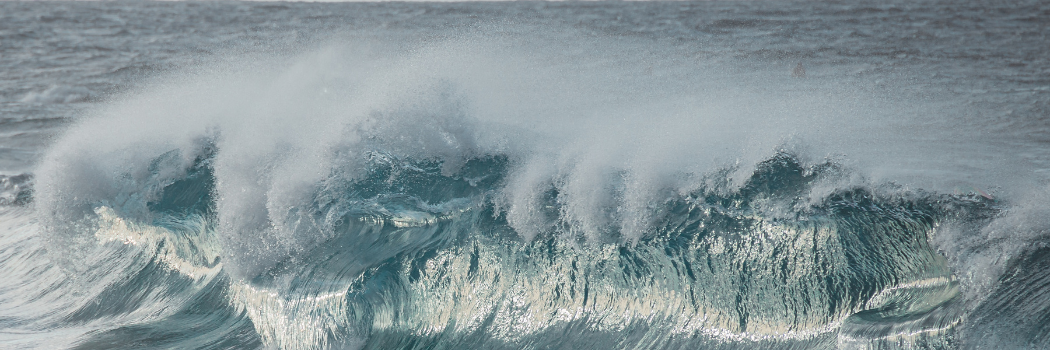
One of our engineering experts is part of a team that's discovered for the first time that catastrophic growth of a slip surface along a weak layer could lead to very large submarine landslides.
The research has been done by our Department of Engineering and the Institute for Geotechnical Engineering, ETH Zurich, Switzerland.
They investigated the entire submarine landslide evolution from the pre-failure initiation to post-failure mass movement using a novel numerical method and based on the findings of their study, future landslides can be projected including how they form and the risk they pose to ocean ecology and human facilities.
Analysing submarine landslides
The researchers reveal key features controlling the development of the slip surface growth (displacement surface of landslide) and its transition into the slab failure (cracked surface), and hence quantify different phases of failure evolution.
The numerical replication of the submarine landslide evolution improves the understanding of such complex cascading mass movement of submarine landslides.
This can facilitate safe marine and coastal developments for example, for offshore renewables, with predictions of failure recurrence.
Origination of submarine slides
Submarine slides originate from a relatively small initiation zone and spread within a "sandwiched" weak layer.
These landslides can impact a seafloor area as large as over 1,000 km2 and trigger catastrophic tsunami waves.
For example, upon certain conditions, a slip surface with an initial size of around only 100 m2 can grow at considerable speeds and become as large as 100 km2 within minutes.






